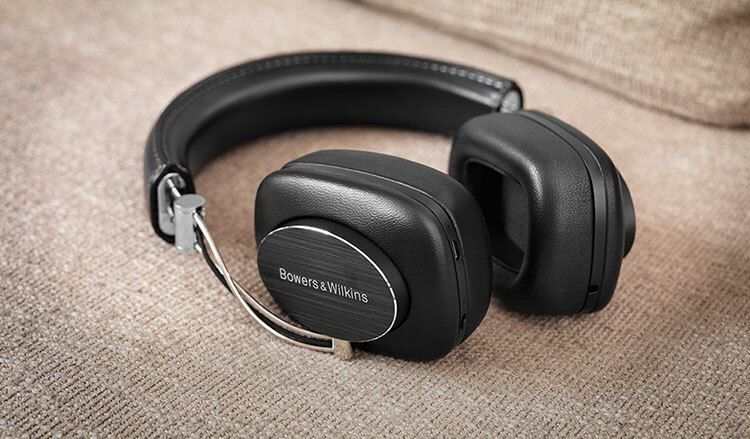
CONTENT
- 1 Wireless headphones for TV: what is it and why you need it
- 2 Advantages and Disadvantages of Using Wireless Headphones for TV
- 3 Types of wireless headphones by data transfer method
- 4 Specifications for assessing the quality of headphones
- 5 Benefits of wireless TV headphones for the hearing impaired
- 6 How to choose wireless headphones for TV: basic nuances
- 7 Which wireless headphones are better to buy for TV: a review of interesting models
- 8 How do I connect wireless headphones to my TV? Customization tips and features
- 9 Market overview, features of the best models and their prices
Wireless headphones for TV: what is it and why you need it
Firstly, it is worth noting the quality of the sound produced. It is no secret for connoisseurs of high-quality video and audio that home multimedia centers cannot always transmit the sound that is actually recorded on a medium, for example, Blu-ray. The second important advantage of wireless headphones for TV is the ability to watch or listen without disturbing your household. An important match is being broadcast, and the child is asleep - a new gadget will save, they show interesting news, and the other half is preparing for an exam or tests - and here they can help out.
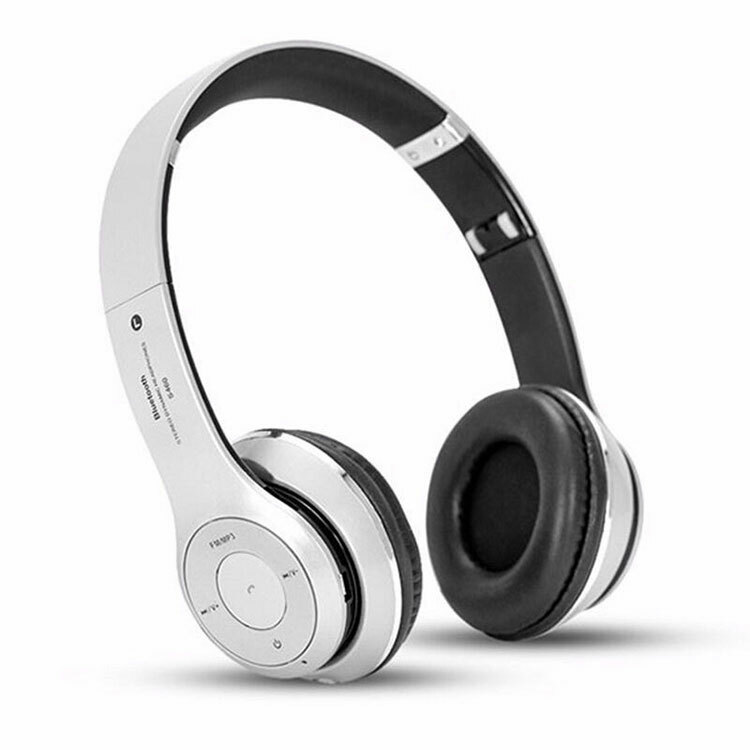
As for the appearance, almost all of them are similar to the studio. That is, they have an elastic arc connection, at the ends of which there are soft pads, which are called "ear pads", with built-in speakers. There is also the so-called "open" type, when the ear is not completely closed. In this case, sounds from the outside will be heard on a par with sounds from the source.
Since the technology is wireless, it means that you need a portable power source. In such models, conventional batteries are most often used, less often rechargeable batteries. Also, the headphones themselves on board have a data transfer module.
A separate unit that transmits sound, as a rule, is connected directly to the multimedia device using wires and is located nearby. It has a wired connection to the mains.
https://www.youtube.com/watch? v = uDuSWi7YDc0
Advantages and Disadvantages of Using Wireless Headphones for TV
A couple of significant advantages have been described above. This is independence from the environment - headphones will help you watch TV at night at home without disturbing the whole family, as well as improve sound quality. It should be added that wireless headphones for TV can help in cases where there are problems with sound, for example, in case of a banal breakdown.
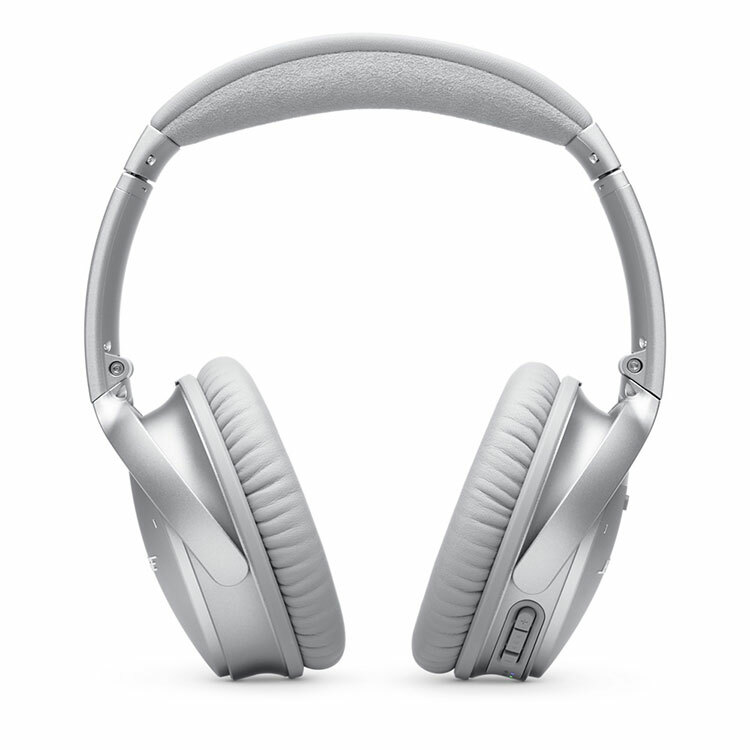
As for the shortcomings, the first thing that immediately raises a question is the duration of battery life. Yes, you won't be able to listen forever, and therefore you will periodically have to charge the battery or change the batteries. On average, bluetooth headphones for a TV can work about 24 hours in non-stop mode.
Another important factor is the range. Depending on the method of data transmission, the distance can vary from 6 to 50 meters. In general, this will be enough for an average apartment.
Types of wireless headphones by data transfer method
Different models may use different data transmission technology, that is, sound. There are three types known today:
- radio signal;
- infrared transmitter;
- bluetooth;
- Wi-Fi headphones.
Let's deal with each of them in more detail.
Headphones
The transmission of an audio signal is carried out by the propagation of radio waves, like radio receivers. This is the most "long-range" type of wireless headphones. On average, the radius can be 50 m, and sometimes even more. In addition, this type is distinguished by the highest quality sound transmission. But it has one significant drawback - instability to interference. The presence of a large number of various emitting devices, such as microwave ovens, routers, and others, can reduce the sound quality.
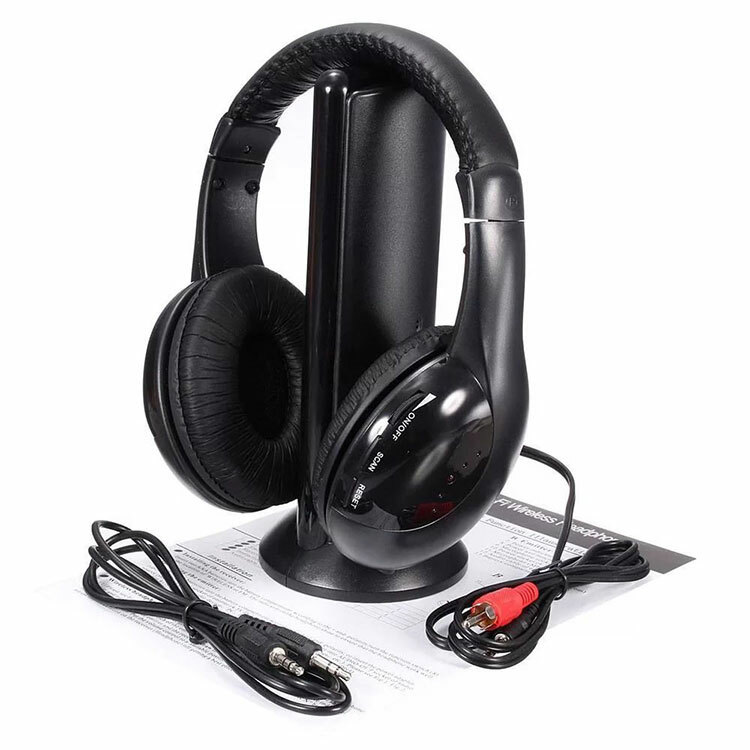
Infrared signal
A technology that has been known since mobile phones, when it was possible to exchange data using an infrared port. The same thing happens here. And even the disadvantages are the same - a short range. To get more or less high-quality sound, the gadget should be at a distance of 6-7 meters from the source.
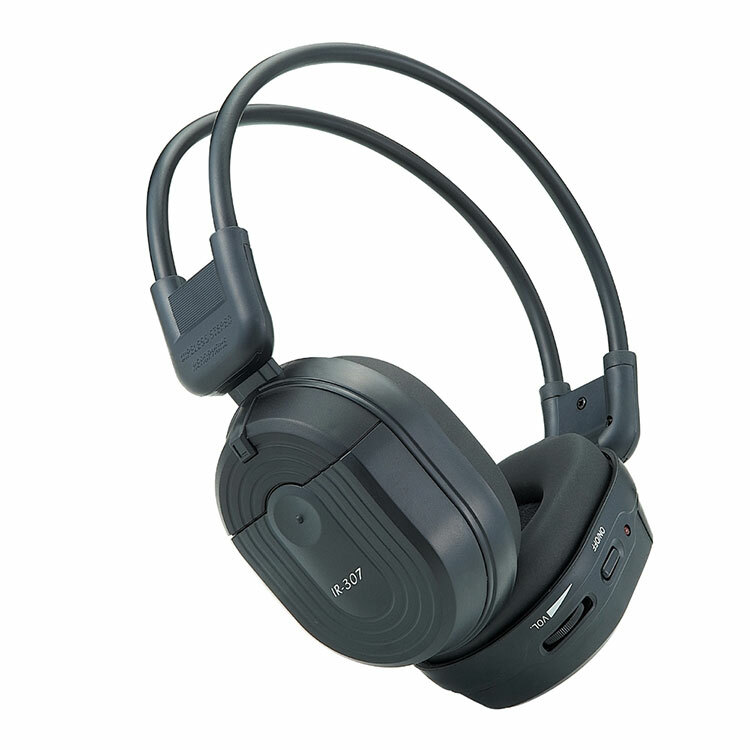
Bluetooth
Probably the most common type of device. Resistance to interference, an average signal transmission radius of 10-15 m, ease of connection - all this distinguishes headphones with Bluetooth for TV.
Wi-Fi Headphones
Almost the same as with Bluetooth. Only the coverage radius matches the Wi-Fi range. May be subject to interference, especially with the dominance of a large number of routers operating at the same frequencies.
Specifications for assessing the quality of headphones
The choice of any device is always a careful appraisal and assessment of the "need" of one or another of its parameters. Is it worth overpaying for a device spec if it won't be used? It's the same with wireless headphones. There are many parameters by which you can determine whether to opt for a particular product. Let's deal with the most important characteristics in order.
Sensitivity
Essentially, this parameter expresses the loudness of the sound. The higher the dB value, the louder the sound will be. The average is 100 dB.
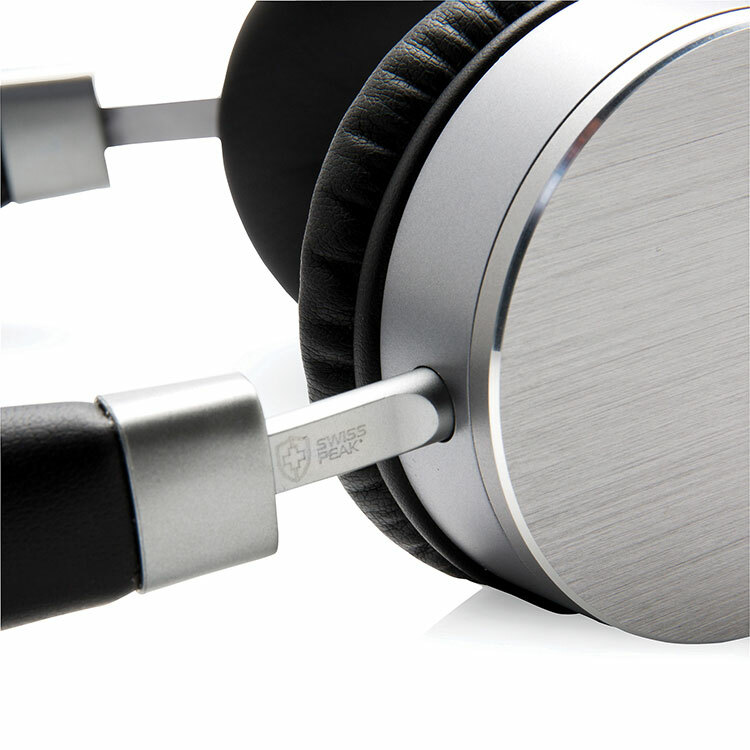
IT IS INTERESTING:
The ticking of a clock is rated at 30 dB, a noisy street at 70. And the level dangerous for humans is 120 dB. A rocket launch can emit 150 dB, while 180 dB are considered fatal to humans.

Impedance
Expresses the power of the device. That is, for high values of this parameter, additional reinforcement may be required.
Frequency response
The main parameter by which the sound quality is expressed. Usually displayed in a range of frequencies, measured in Hz. On average, the frequency range is 20 Hz - 20 kHz. In general, the wider the range, the better.
Source of power
Basically there are two types: rechargeable batteries and AAA batteries. Conveniences and disadvantages are clear to everyone. In the first case, you have to periodically recharge, in the second - to change the batteries. As for the duration of work, the data can vary so much in different models that it is difficult to identify any average value. When choosing a specific product, it is better to seek help from reviews of people who have already encountered a specific model.
Weight
Weight is directly proportional to the type of power source and data transmission technology. Built-in batteries usually weigh more. Also, headphones with a Bluetooth module have an increased weight relative to other types.

Radius of action
The range characterizes the distance from the sound source within which normal operation is permissible. This indicator is influenced by the type of technology used and the presence of interference sources in the room. If you choose headphones for a small area, and will always be within 6-7 meters from the TV, then you should take a closer look at infrared models. If the device is supposed to be used in a private house, for example, in the yard, it is better to pay attention to the radio transmission technology. For all other cases, options with Bluetooth are suitable.
Additional features and options
The presence of various "chips" and additional features can also increase the price. In principle, headphones will be able to work without them. Here's what may be present:
- the ability to connect the wire in the absence of battery power;
- presence of a microphone;
- additional noise reduction functions;
- various display methods;
- NFC support;
- switching channels;
- volume control.
The list is far from complete and other features may be present. It's just that these are quite common.
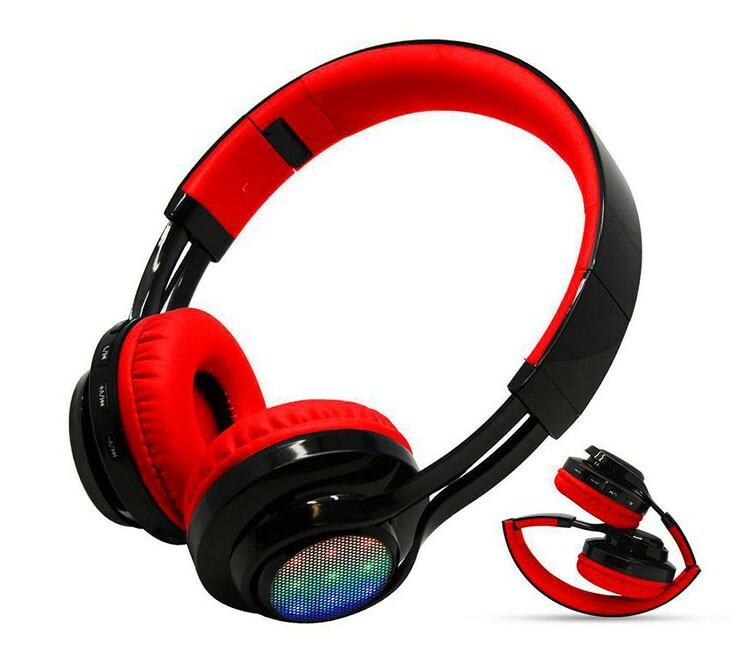
Benefits of wireless TV headphones for the hearing impaired
Wireless headphone technology has allowed hearing impaired people to comfortably watch their favorite shows, radio and videos on the Internet. This is understandable - the sound from the TV can be scattered, reflected and distorted. In addition, in order for a person with hearing problems to hear what is happening on the screen, he has to set the volume to maximum. In urban environments, the presence of neighbors or household members may not allow comfortable viewing. Wireless headphones solve this problem. Coupled with the fact that they are autonomous, a person can simply listen to a radio or TV program in the background, in any room, without disturbing anyone. At the same time, it practically does not matter which type of wireless model to choose. They will all do a great job with this task.
How to choose wireless headphones for TV: basic nuances
Before you buy wireless headphones for your TV, you need to compare their characteristics. The fact is that until recently, some brands of TV manufacturers allowed only original production headphones to be connected. Let's look at several companies and find out the main points of choosing models for their TV.
Advantages of wireless headphones for Samsung TV
Connecting wireless headphones to Samsung TVs is not always successful. Not all of them have a base that must be physically connected to the device using wires. If you take headphones that have a Bluetooth connection, then it should be borne in mind that the TV must be equipped with a built-in Bluetooth module. And it is not present on all Samsung TV models.
As for specific models, some of the Sennheiser lineup - 110, 130, 170, 180 - will do. Representatives from Sony, MDR-DS6500 and MDR-ZX220BT, have also shown themselves well.
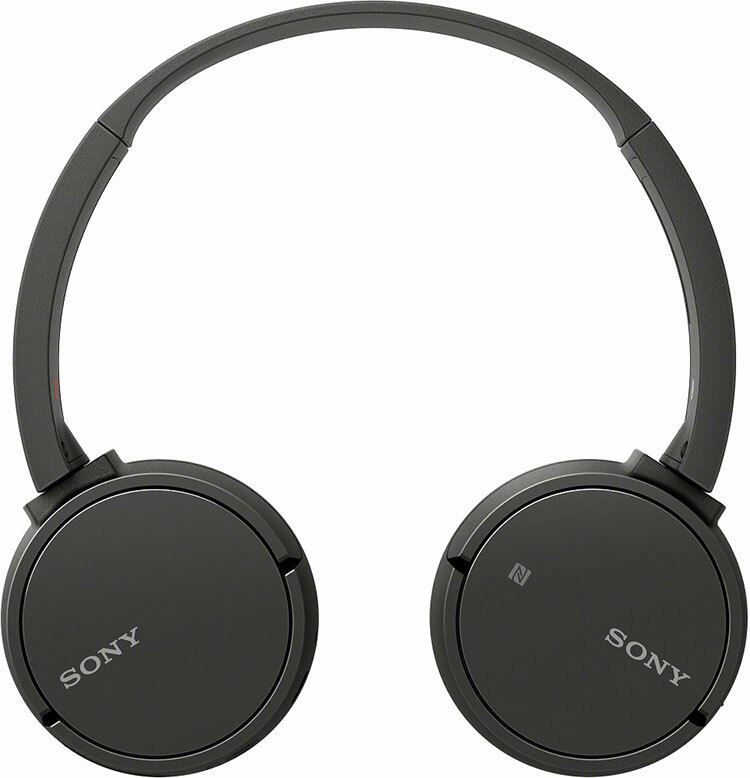
Review of wireless headphones for LG TV
Older LG TVs had one interesting feature - the firmware did not allow connecting wireless headphones from other manufacturers. Now, many headphones can be easily connected and tuned to almost all modern models. For example, Sony MDR-RF855RK, Bluedio T2 +, Philips SHC1300, JBL E55BT.
Philips TV Wireless Headphones
Connecting wireless headphones to many Philips TVs is almost seamless. You can pay attention to the models of the same brand - Philips SHC5100, SHC1300, BASS + SHB3075.
Which wireless headphones are better to buy for TV: a review of interesting models
The market for wireless headphones is colorful and diverse. We have selected several of the best models that will suit the taste and requirements of most users.
Philips BASS + SHB3075
Inexpensive closed-type invoice gadget. The range of reproducible frequencies is quite extensive - from 9 to 21000 Hz. Sensitivity, or loudness, is 103 dB. The impedance is 32 ohms.
Fastening is carried out using a flexible headband. The structure is foldable. There is an indicator light for indication. The connection is made via Bluetooth version 4.1. The declared radius of action is 10 m. the battery is a lithium-ion battery, with a declared operating time of 12 hours without recharging.
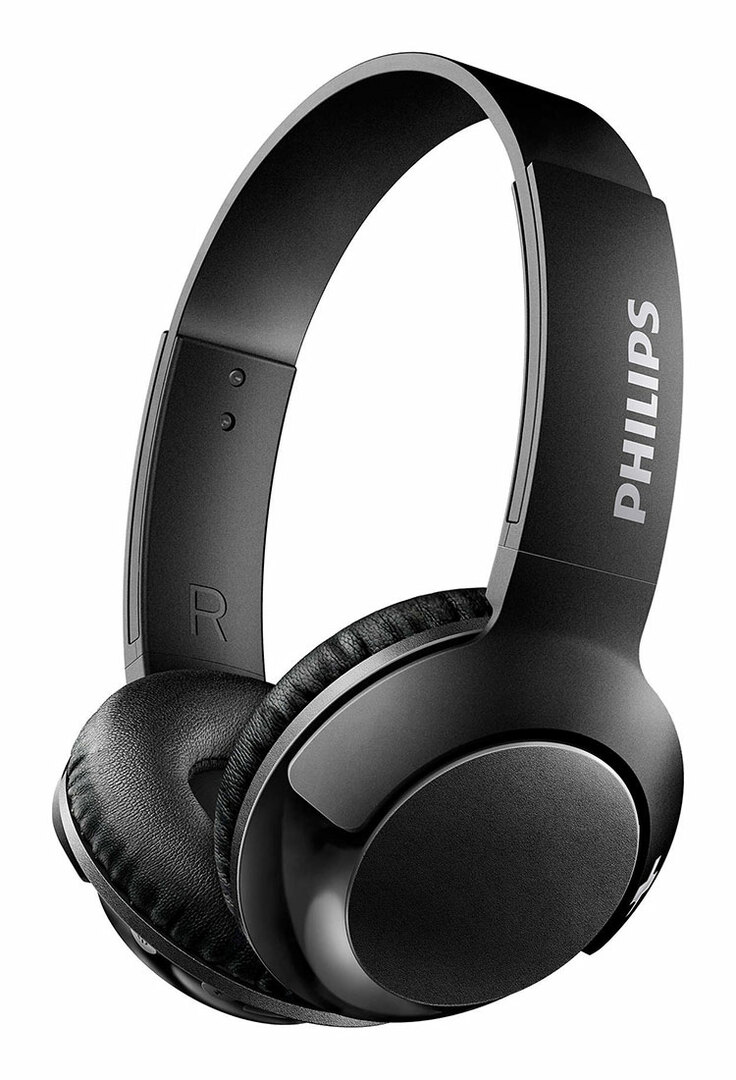
Here is what the user Aleksey Kozlov thinks about this model:
Advantages:
Convenient, logical control. Sound, such a "thoroughbred"! There are no complaints about the assembly (there is better, there is worse). Of course the bass! Large volume reserve! Good tops! Battery: listened for 3-4 hours during the day, then fell asleep at night, Without turning it off! (they are not crushed, they are strong enough), then 2-3 hours in the afternoon. Charging - HALF!!! The volume is below average.
Flaws:
For 3 days, we paused the player once on our own. They fell off once.
More details can be found on Yandex. Market: https://market.yandex.ru/product/1729893242/reviews? track = tabs
LG TONE
Small wireless earbuds with plug-in method of use. The connection is carried out via Bluetooth 2.1. The radius of action cannot be particularly surprising and is 10 m, although users note a higher value.

Here is a review from user Negativchik Alexander:
Advantages:
very comfortable keys also keep the battery in listening to music for more than 15 hours compared to LG Tone + very happy with the wires everything is in place included is the stand works more than 25 meters from the phone volume gorgeous
Flaws:
haven't found yet
More details can be found on Yandex. Market: https://market.yandex.ru/product/8557321/reviews? track = tabs
Sony WH-1000XM2
Full-size, closed-top premium model. Has an active noise cancellation system. The range of supported frequencies is quite large - from 4 to 40,000 Hz. The sensitivity is 103 dB. The connection is made through the use of Bluetooth version 4.1 technology. The declared range is standard 10 m.
There is a connector for connecting wires 3.5 mm mini jack type. The battery life is 30 hours. But charging is also quite long - 4 hours.
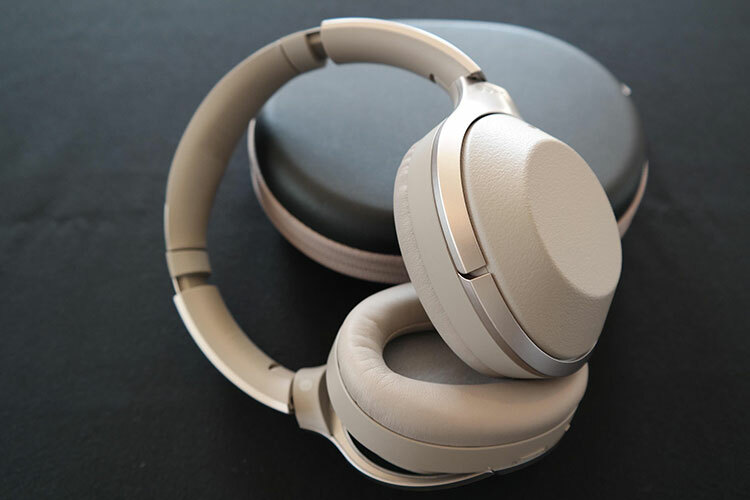
Additional features include a volume control, an adapter for use on an airplane, and an automatic sound adjustment.
How do I connect wireless headphones to my TV? Customization tips and features
The apparent simplicity of the connection can sometimes hide serious problems. For example, it is often not possible to "make friends" the old models of Samsung and LG TVs with new models of wireless gadgets.
Regardless of the type of data transmission in the headphones, they may require special adapters.
IMPORTANT!
Before buying Bluetooth headphones, you need to make sure that the TV contains the necessary module, otherwise you will have to buy a separate external one.
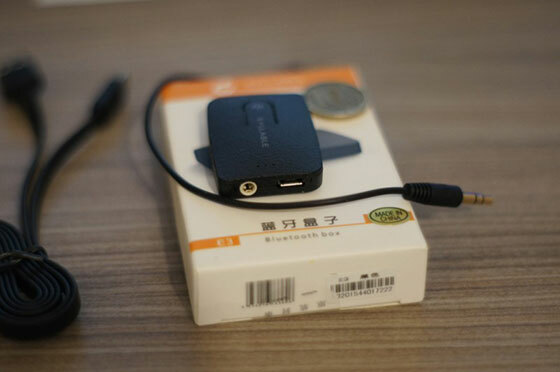
In general, the algorithm for connecting wireless headphones comes down to a few simple steps:
- Enter the TV settings and find the item "Turn on Bluetooth" and activate it.
- Then you need to turn on the headphones, and search for devices on the TV. (The Bluetooth indicator on the headphones should be indicated by its indicator).
- After successful detection, the headphones will be displayed in the device list.
- In the TV menu, you need to select them and click "Connect".
- Sometimes you may need to specify the type of connected equipment, then you need to select "Headphones".
- In theory, at this step, the headphones should already work.
There are models of headphones with a base that connects directly to the TV using wires. Customizing such models does not require special skills and knowledge. The base has standard audio inputs that connect to the TV outputs. Then the base itself takes responsibility for transmitting sound through the air. This is the easiest way to connect wireless headphones to your TV.
Market overview, features of the best models and their prices
We have made a small selection of interesting models with prices and main features:
| Photo | Model | Peculiarities | Price |
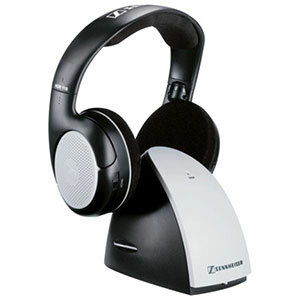 | Sennheiser RS 110-II | Frequency range from 22 to 19500 Hz, sensitivity 106 dB, radio channel at 100 m, adapters included, volume control | From 3990 rub. |
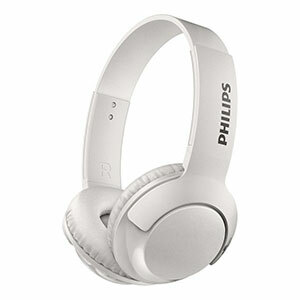 | Philips BASS + SHB3075 | Frequency range from 9 to 21000 Hz, sensitivity 103 dB, Bluetooth channel at 10 m, battery, 12 hours of operation, microphone | From 3010 rub. |
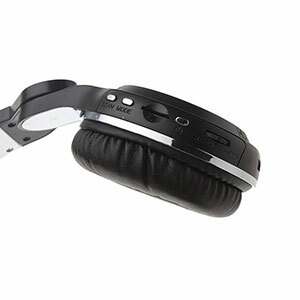 | Bluedio T2 + | Frequency range from 20 to 20,000 Hz, sensitivity 110 dB, Bluetooth channel at 10 m, battery, 40 hours of operation, built-in FM radio, support for SD cards | From 1890 rub. |
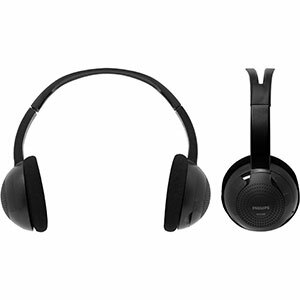 | Philips SHC1300 | Frequency range from 18 to 20,000 Hz, sensitivity 108 dB, infrared channel up to 7 m, AAA batteries, 30 hours of operation | From 1827 rub. |
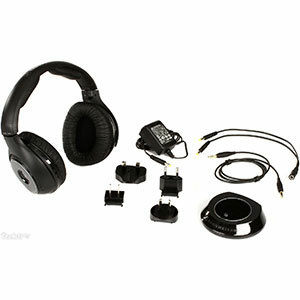 | Sennheiser RS 160 | Frequency range from 18 to 21000 Hz, sensitivity 106 dB, radio channel up to 20 m, AAA batteries, 24 hours of operation | From 6990 rub. |
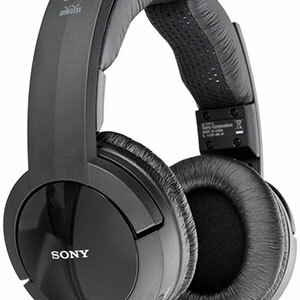 | Sony MDR-RF865RK | Frequency range from 10 to 22000 Hz, sensitivity 106 dB, radio channel up to 100 m, 25 hours of operation | From 5999 rub. |
If you have already come across the listed models or have experience in setting up any others, write your opinion about them in the comments.



